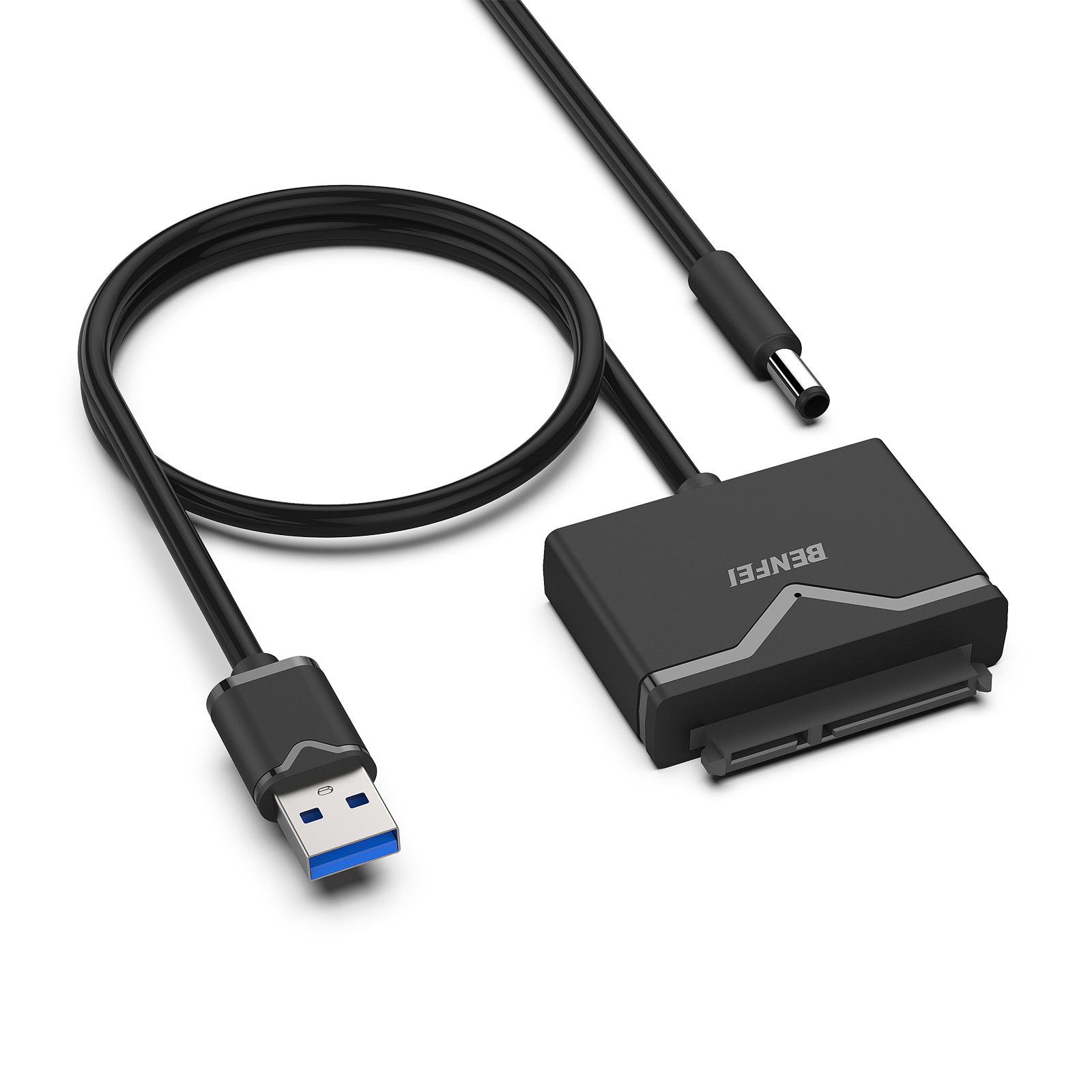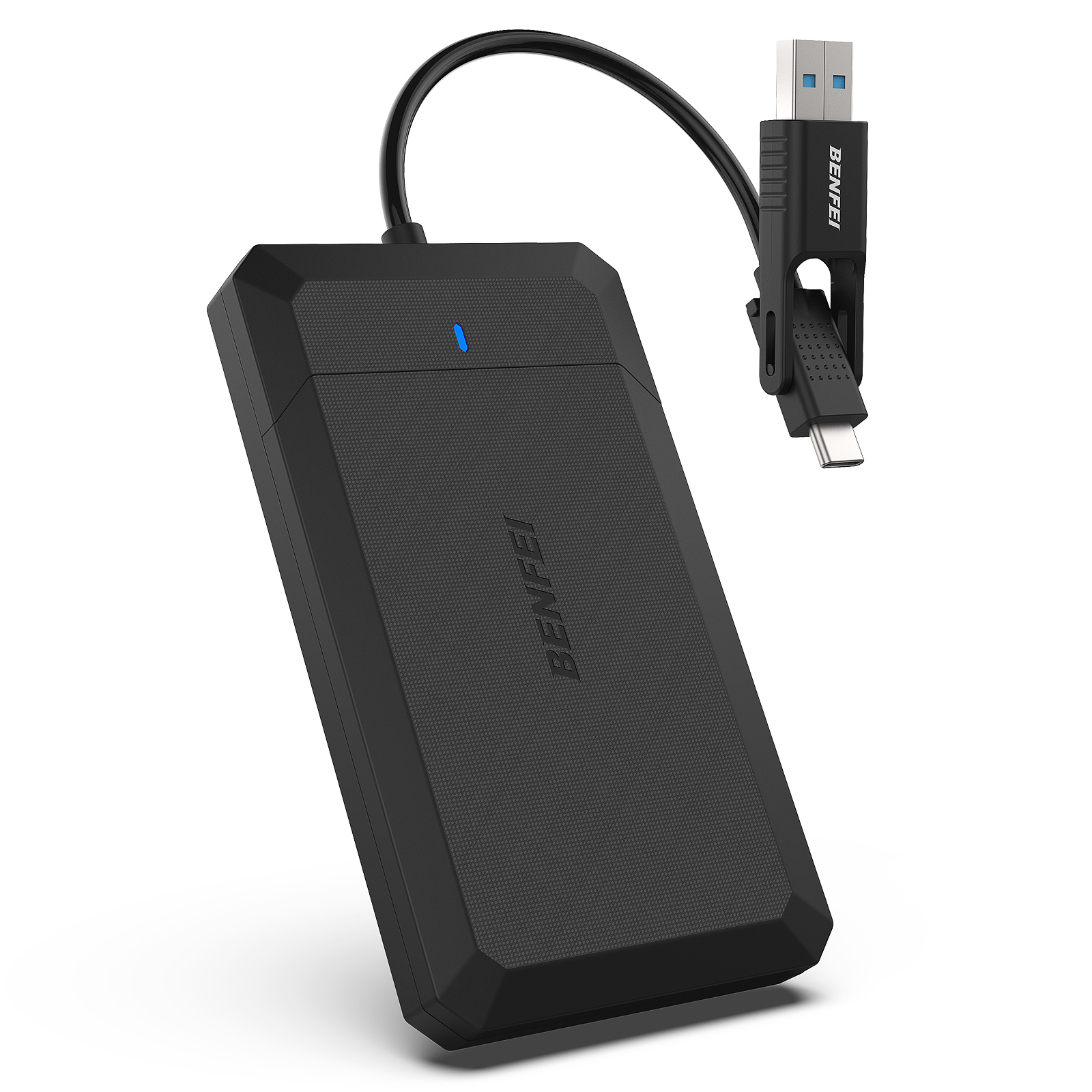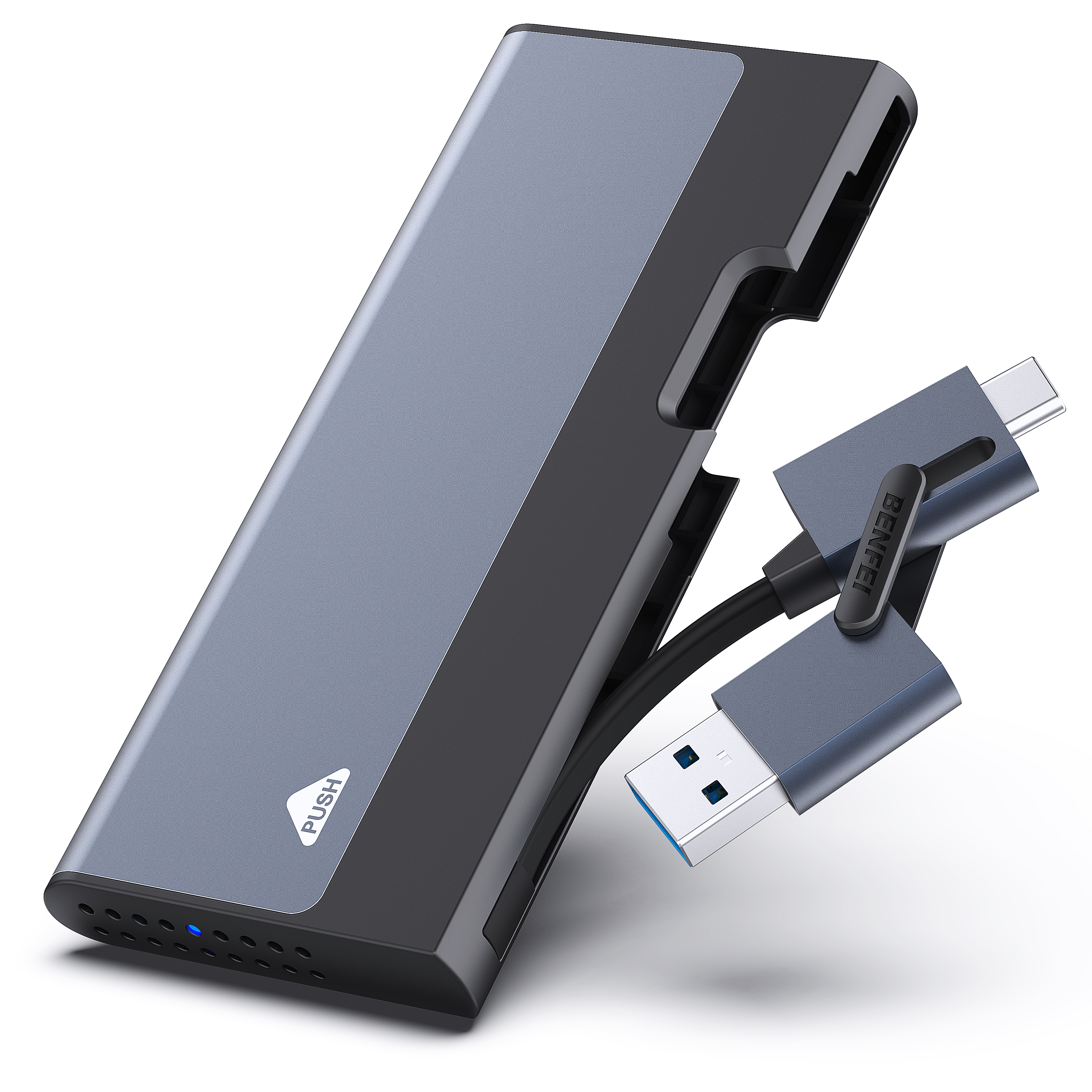What is Serial ATA?
Serial ATA (Serial Advanced Technology Attachment or SATA) is a command and transport protocol that defines how data is transferred between a computer's motherboard and mass storage devices, such as hard disk drives (HDDs), optical drives and solid-state drives (SSDs). As its name implies, SATA is based on serial signaling technology, where data is transferred as a sequence of individual bits. SATA refers to the communication protocol itself and the industry standards adhered to by the OEMs that produce SATA-compatible cables, connectors and drives. The Serial ATA International Organization (SATA-IO) oversees the development of the technical specification. SATA specifies a transfer format and a wiring arrangement. It succeeded Parallel ATA (PATA) as the communications interface for most new computer systems. Those systems also usually support serial-attached SCSI (SAS) and non-volatile memory express (NVMe) communication protocols. SATA is a serial version of the Integrated Drive Electronics (IDE) specification for PATA hard drives that use parallel signaling. SATA cables are thinner, more flexible and less massive than the ribbon cables required for conventional PATA hard drives.
SATA standards and revisions
The nonprofit SATA-IO industry consortium authors the technical specifications governing Serial ATA device interfaces. The consortium revises SATA standards to reflect increased data transfer rates. These revisions include the following changes:
SATA Revision 1. These devices were widely used in personal desktop and office computers, configured from PATA drives daisy chained together in a primary/secondary configuration. SATA Revision 1 devices reached a top transfer rate of 1.5 Gbps.
SATA Revision 2. These devices doubled the transfer speed to 3.2 Gbps with the inclusion of port multipliers, port selectors and improved queue depth.
SATA Revision 3. These interfaces supported drive transfer rates up to 6 Gbps. Revision 3 drives are backward-compatible with SATA Revision 1 and Revision 2 devices, though with lower transfer speeds.
SATA,NVMe SSDs
SATA was initially developed for electromechanical drives in which an actuator arm writes data to and reads data from sectors on a rotating spindled disk. The SATA standard was later modified to support nonmechanical SSDs based on flash storage. Flash is much faster than disk storage, but the slower SATA interface that was originally designed for HDDs continued to limit SSD speeds. The more recent NVMe flash interface enables a computer to read and write data to SSD storage at a faster rate than SATA and SAS SSDs. NVMe enables host software to communicate directly with storage subsystems. That eliminates the need for a bus interface to route data traffic back and forth. NVMe defines the host controller interface and storage protocol for flash devices optimized for PCIe, a serial expansion bus that enables computers to attach to peripheral devices. PCIe-based NVMe SSDs are available in a standard form factor and as dual-inline memory modules that are inserted in motherboard slots.
The SATA Series
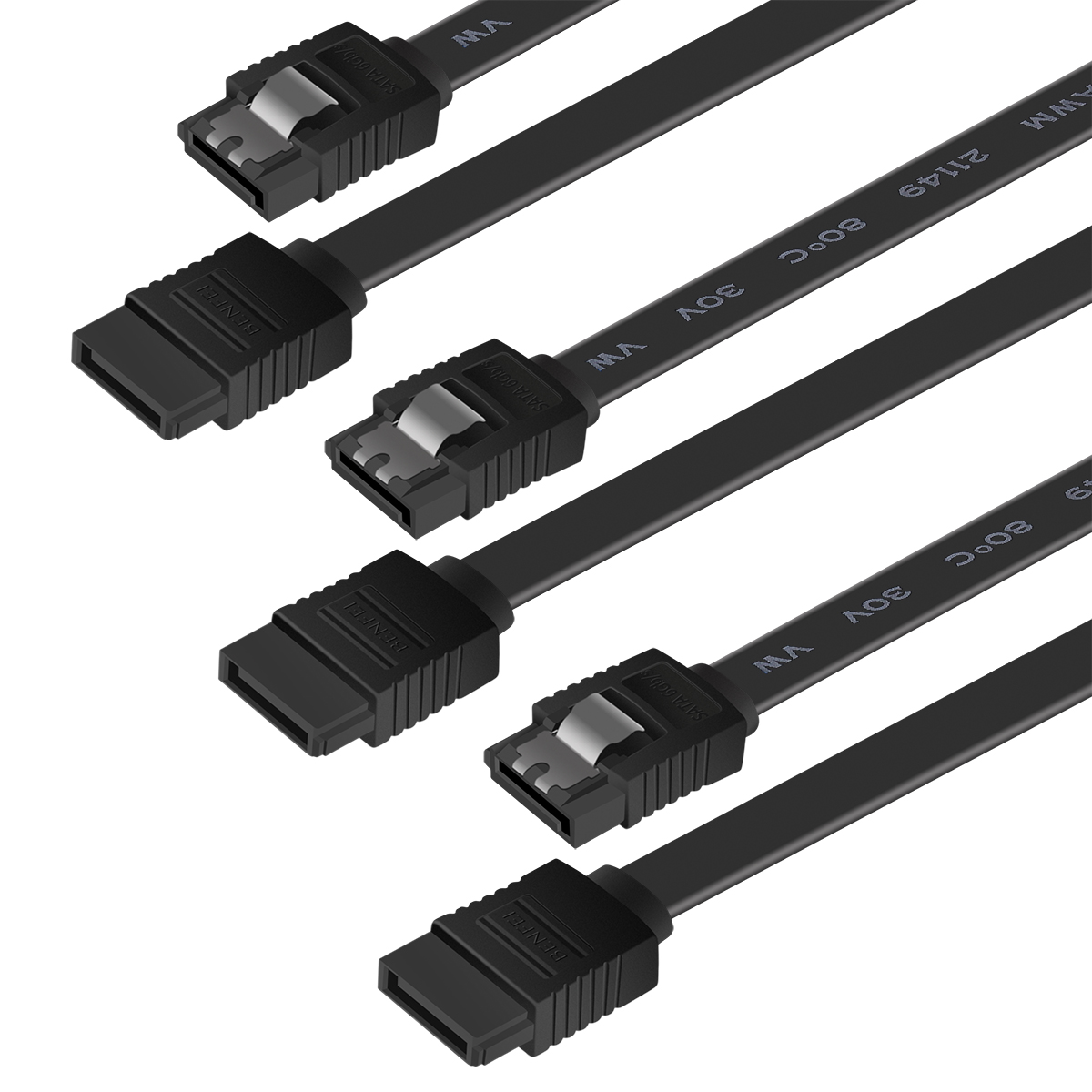
SATA III Cable
- Connect the SATA slot to the SATA Storage
- The speed is up to 6 Gbps
- 180 degree to 180 degree, 180 degree to 90 degree
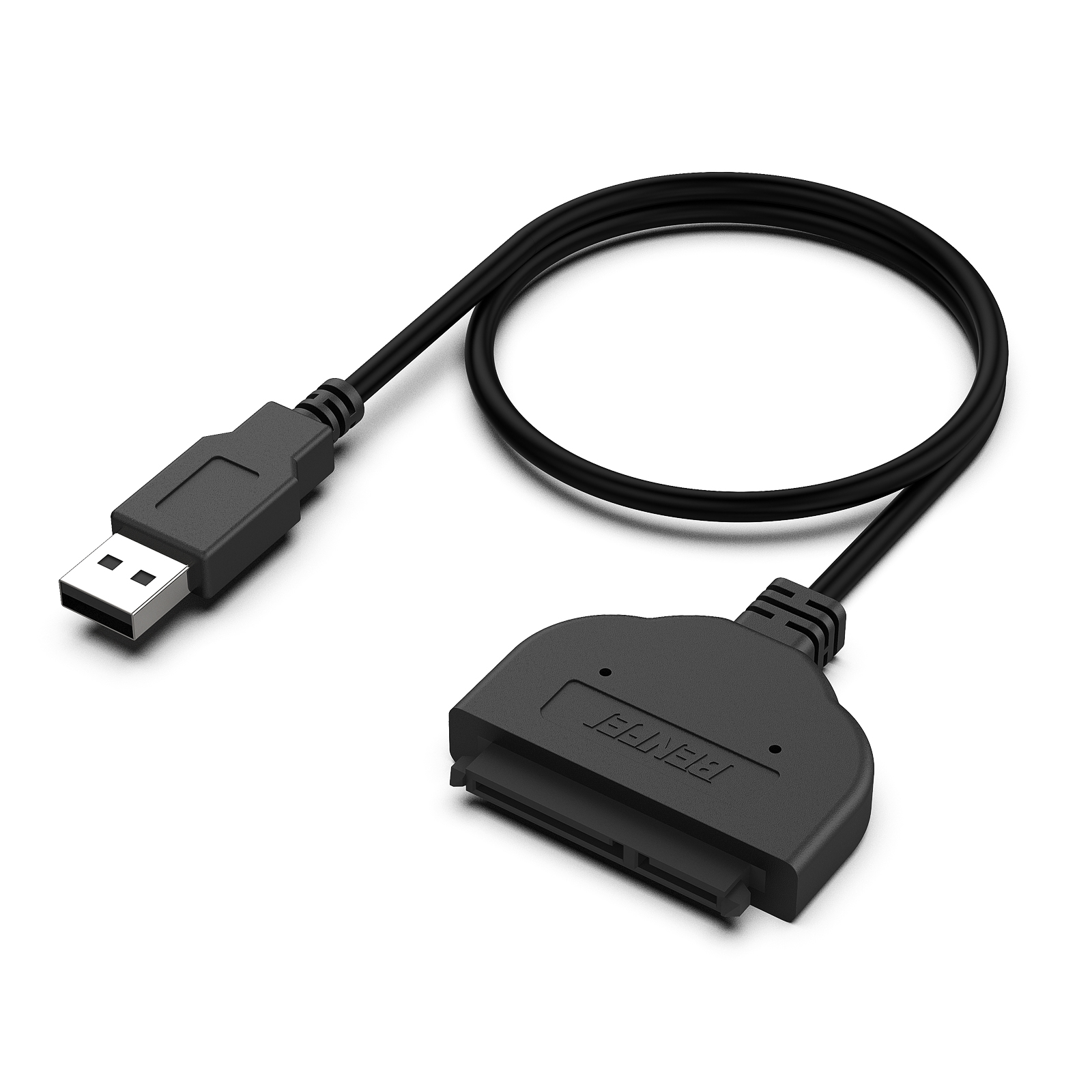
USB to Sata Adapter
- Connect the USB device with 2.5' HDD and SSD
- The speed is up to 5 Gpbs, limited by the USB 3.0 maximum speed.
- Easy carry without external power supply, doesn't work with 3.5' HDD
The NVME Series
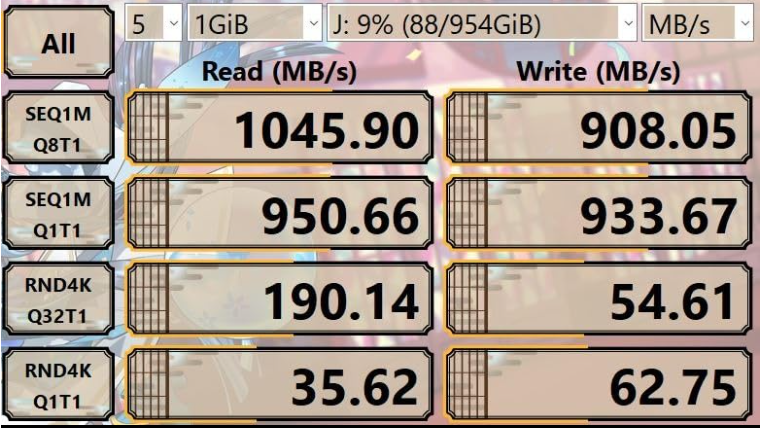
The NVMe protocol provides high bandwidth and low latency with flash-specific improvements. It supports current NAND flash and will scale to support future high-performance devices that depend on persistent memory technologies. NVMe speeds outstrip the performance of the SATA and SAS drives that came beforehand, but speed alone isn’t the only reason to consider implementing an SSD in your servers or data centers. This guide covers both features and limitations of NVMe storage devices.
